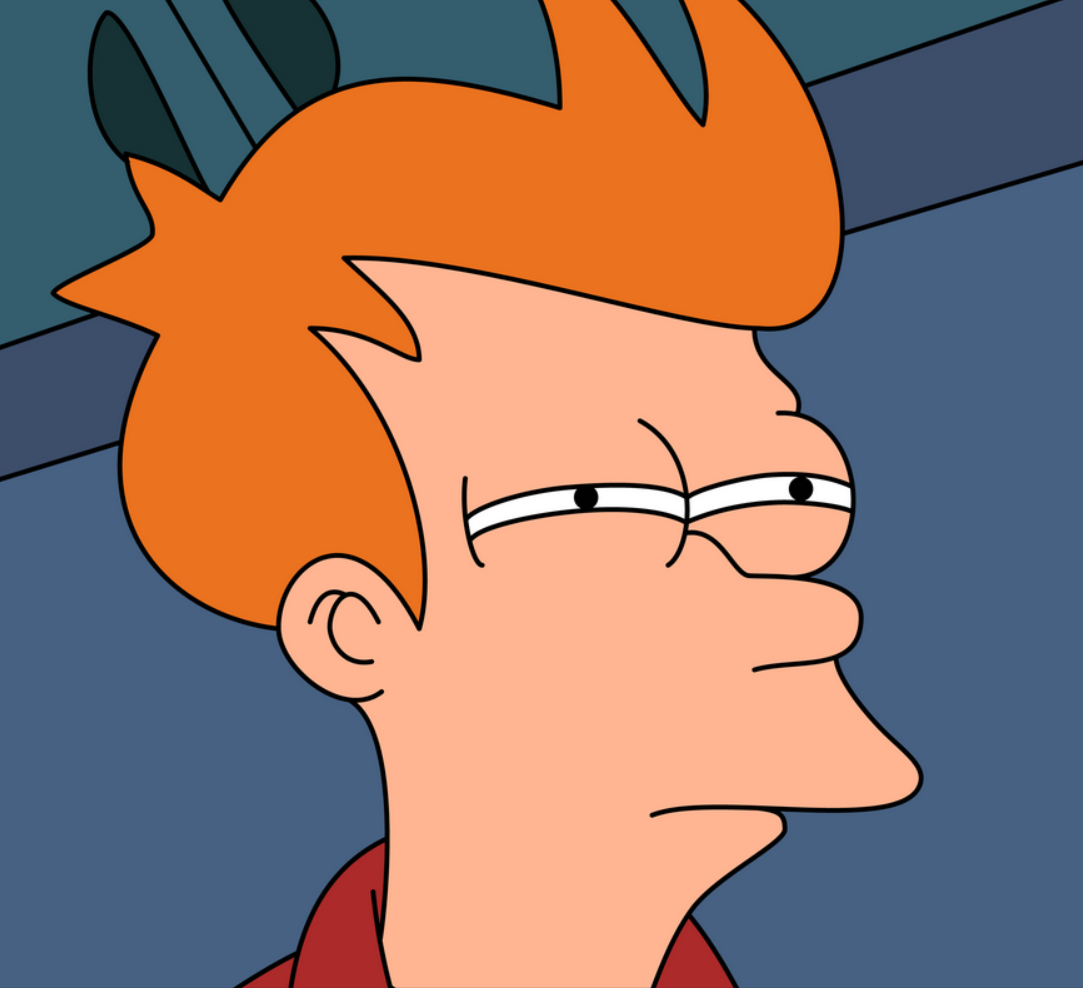The new norms reframe the Catholic Church’s evaluation process by essentially taking off the table whether church authorities will declare a particular vision, stigmata or other seemingly divinely inspired event supernatural.
Instead, the new criteria envisages six main outcomes, with the most favorable being that the church issues a noncommittal doctrinal green light, a so-called “nihil obstat.” Such a declaration means there is nothing about the event that is contrary to the faith, and therefore Catholics can express devotion to it.
…
The norms also allow that an event might at some point be declared “supernatural,” and that the pope can intervene in the process. But “as a rule,” the church is no longer in the business of authenticating inexplicable events or making definitive decisions about their supernatural origin.



So are they going as far as to say the Resurrection of Jesus was likely to be ahistorical?
We’re used to a post-Newtonian world being free of ghosts, fairies and divine intervention. But recognizing that their own origins are mythical would be a significant step.
It’s as much admitted to seminaries, just not to the laity.